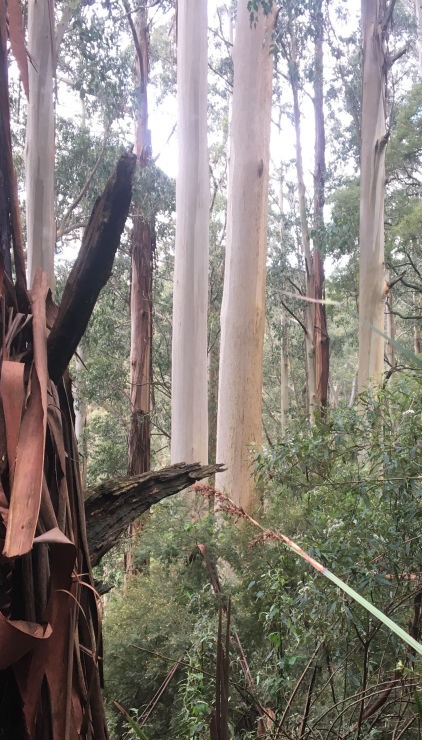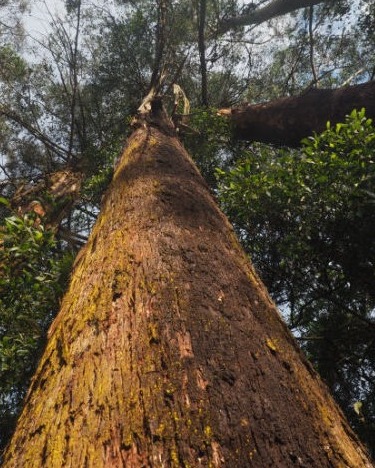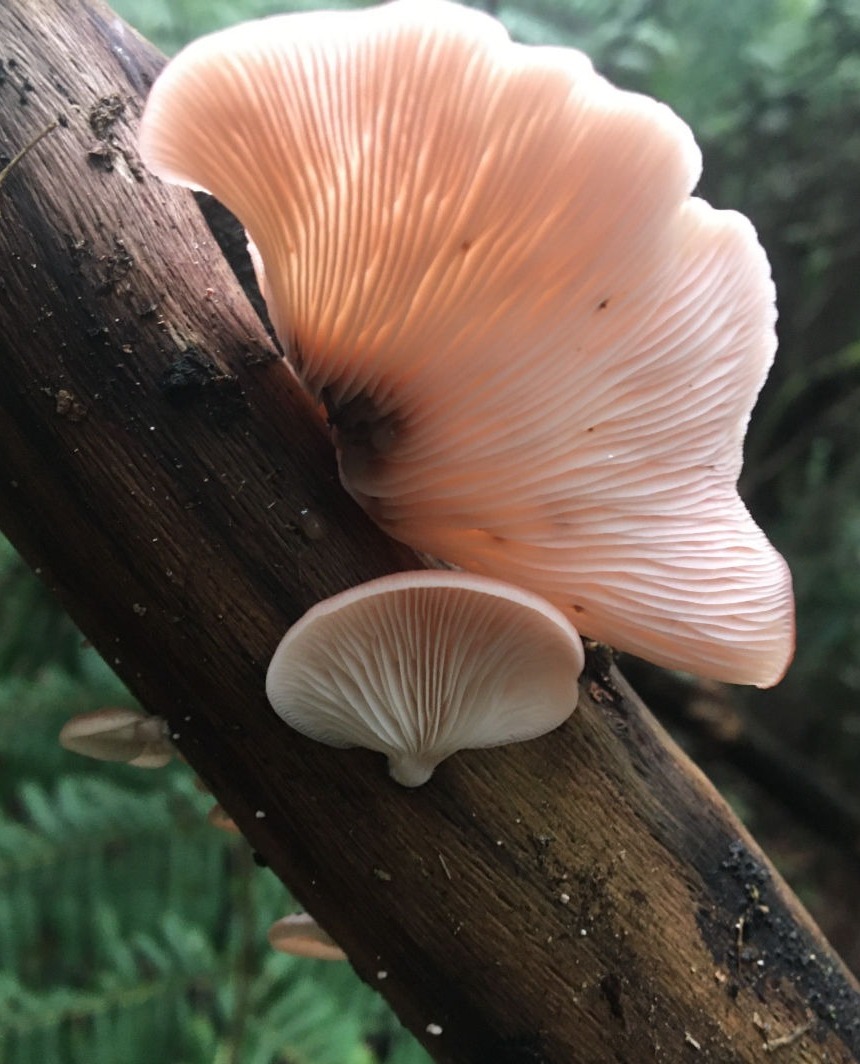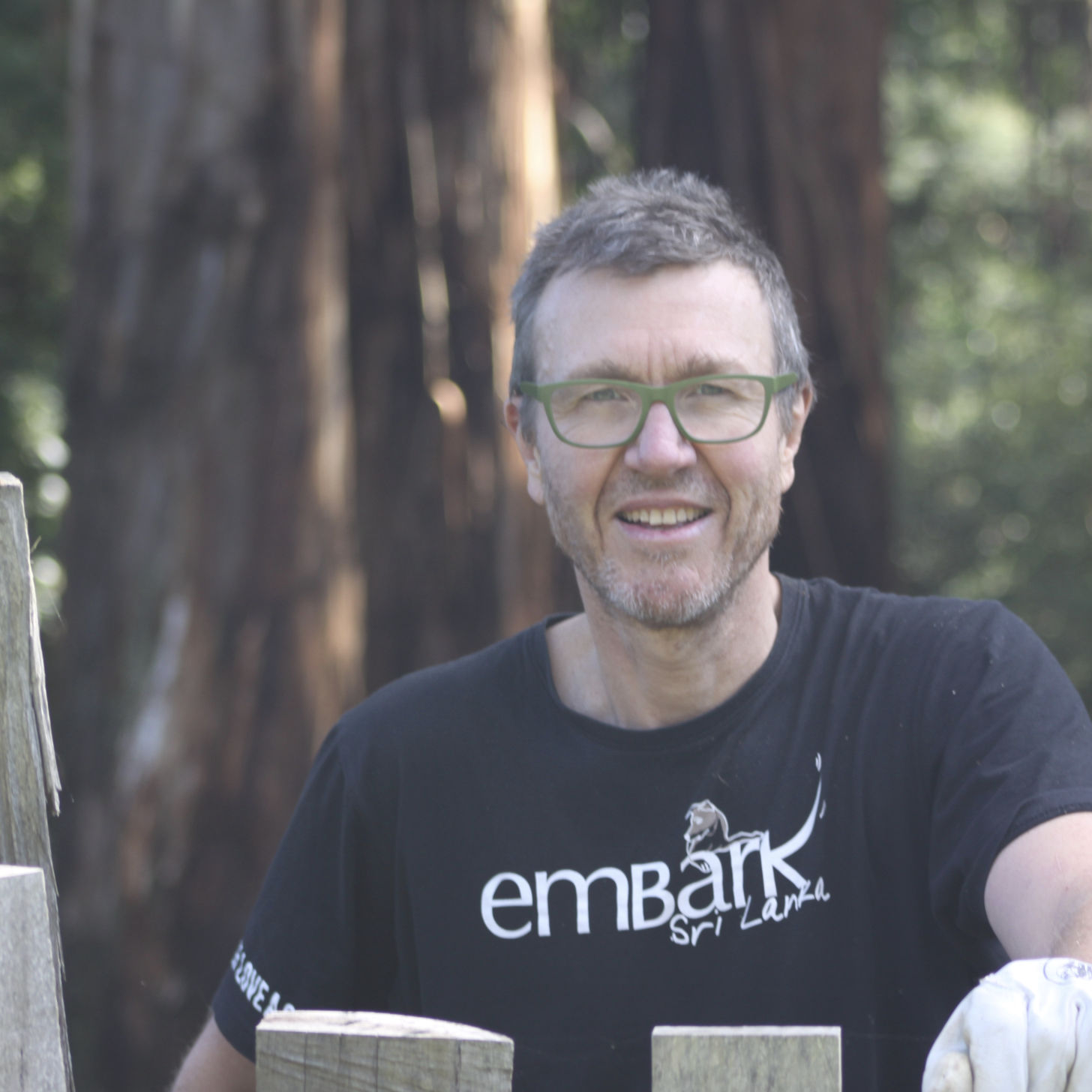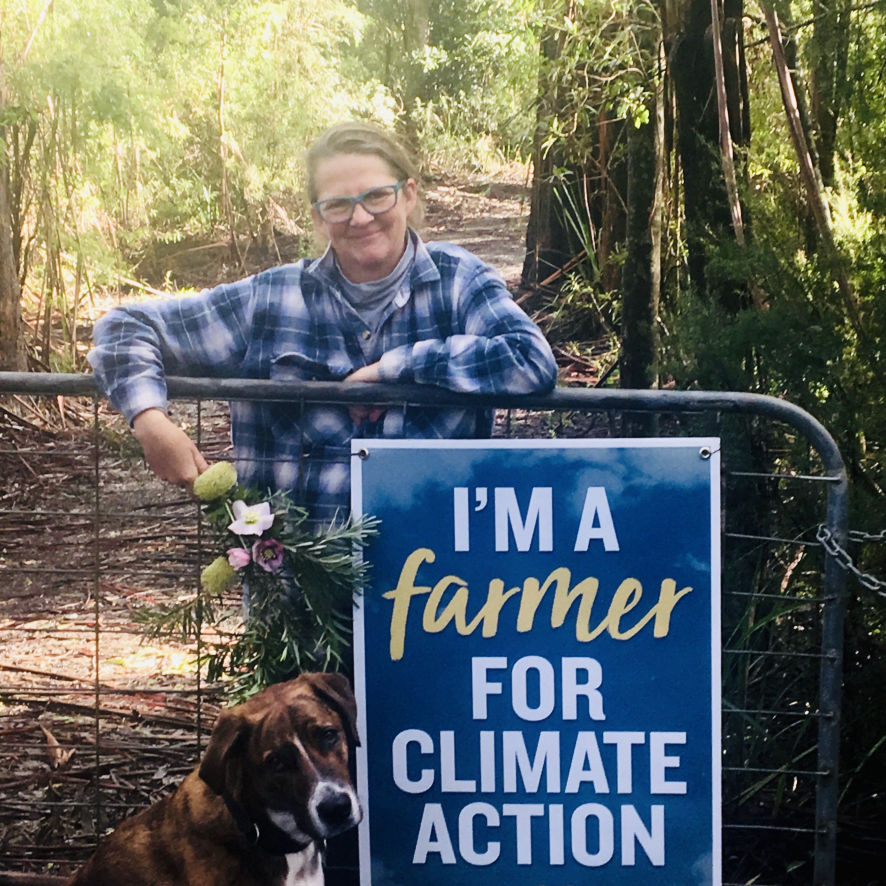Biodiversity Carbon Water
Local native forests are the best place to store carbon, maintain biodiversity and provide clean water for all.
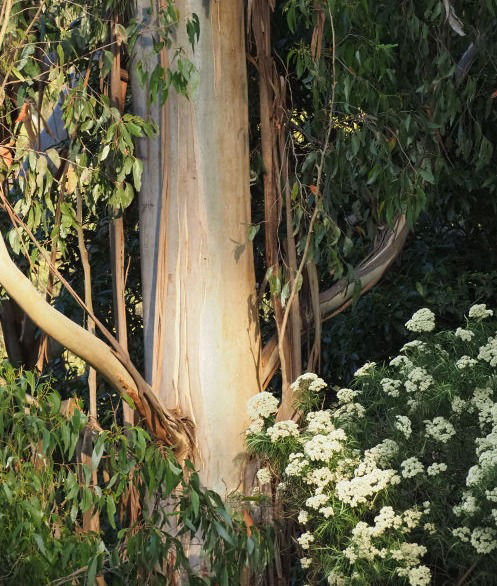
Our work
Tarwin River Forest is conservation forest stewardship for carbon, biodiversity and water.
We work with Trust for Nature to protect this forest ecosystem and manage threats so it can store and sequester carbon, protect our threatened species as well as provide clean water for all.
We work with the community to promote conservation of our remaining forests and threatened species.
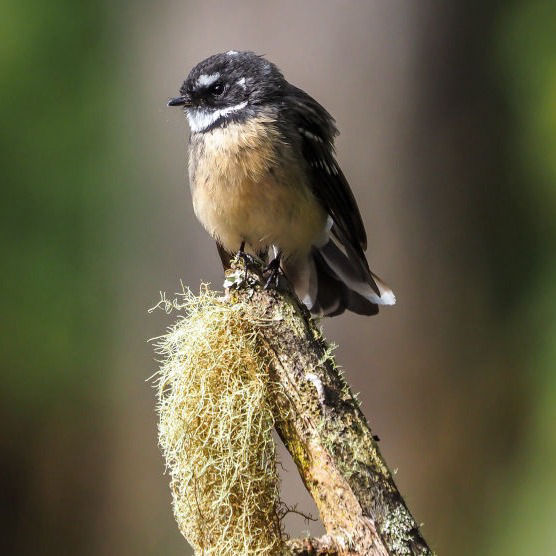
Our beliefs
We believe in doing all that we can to help conserve this unique and endangered forest and all of the native species that call this forest home.
We do it for the powerful owl, the platypus and the long-nosed bandicoot.
We do it for the generations of people to come after us and to honour those that came before.
We use organic farming principles in all of our work for a healthy sustainable ecosystem.
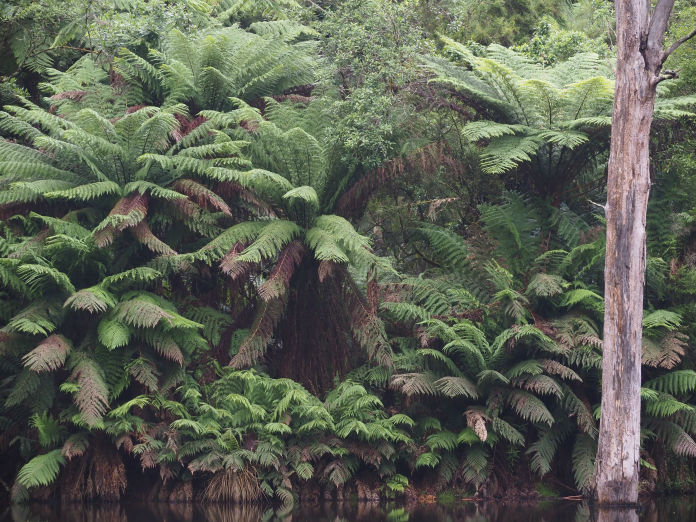
Protect this forest
Help reduce climate change and its impacts by supporting this forest to store carbon.
Help protect our gang-gangs and bandicoots, our slender tree ferns and burrowing crayfish.
Get to know this beautiful forest and its committed forest stewards.
Help us to connect and link the remaining forests of South Gippsland.
Visit us and have a chat about partnering with us.
